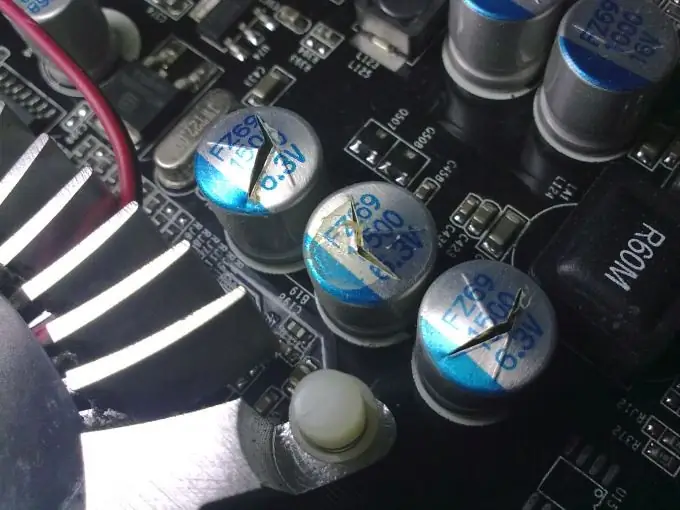The Windows 7 operating system has three energy-saving modes - Sleep, Hibernation, and Hybrid Sleep. Exit and / or deactivation of the power-saving mode is carried out by standard methods of OS Windows and does not require the involvement of additional third-party software.

Necessary
Windows 7
Instructions
Step 1
Press the power button to wake up the computer from Sleep or Hibernation. Depending on the model of your computer, you can also press a key on the keyboard, press a mouse button, or open the top cover of your laptop.
Step 2
Press the "Start" button to bring up the main menu of the system and go to the "Control Panel" item to disable automatic sleep and hibernation.
Step 3
Select the item "System and its maintenance" and expand the link "Power supply".
Step 4
Click the "Change plan settings" button under the required diagram on the "Select a power plan" page and go to the "Change plan settings" page.
Step 5
Click the "Change advanced power settings" button and go to the "Advanced settings" tab.
Step 6
Expand the Sleep and Sleep After links and select Never in the Option section.
Step 7
Expand the Hibernate After link and specify Never in the Option section.
Step 8
Close the "Screen" and "Turn off screen after" links and select "Never" in the "Option" section.
Step 9
Press the OK button to execute the command and confirm the application of the selected changes by clicking the "Save changes" button.
Step 10
Return to the main Start menu and go to Control Panel to turn off the power saving mode and delete the hiberfil.sys file, which is responsible for keeping RAM in hibernation mode.
Step 11
Select Power Options and select Sleep Setting.
Step 12
Specify the command "Never" in the drop-down menu "Put the computer to sleep" and click OK to confirm the command.
Step 13
Press the Win + R keys at the same time to invoke the command line tool.
Step 14
Enter powercfg -h off in the Open field and click OK to apply the selected changes.






